-large-teaser.webp)
The Emergence of Smart Luxury: Marrying Tech with Tradition
Integrating Technology with Leather Excellence
The luxury leather goods market has experienced a tectonic shift with the introduction of smart features, seamlessly blending cutting-edge technology with time-honored traditions. As more high-end consumers crave personalized experiences, smart luxury becomes not just a trend, but a necessity. For instance, RFID-blocking wallets have revolutionized the way we think about the security of our personal information. According to a report by Grand View Research, the RFID technology segment in luxury goods is expected to grow significantly, indicative of a burgeoning demand for such features.
The Interface of Innovation and Craftsmanship
Diving deeper into the realm of technologically enhanced leather accessories, the capabilities range from built-in GPS systems in luxury bags to ensure the security of one’s possessions, to smart straps on watches that monitor health statistics. A notable example includes a luxury brand's recent launch of a handbag with an integrated power bank, enhancing both the functionality and desirability of the product. This innovation satisfied the modern consumer's need for constant connectivity, reflecting in the product's rapid market absorption rates.
Preserving the Artisanal Touch Amidst Digital Features
However, the challenge lies in integrating techno-centric amenities without compromising the artisanal value deemed quintessential in high-end leather goods. Experts agree that the essence of luxury is in the detail and craftsmanship, with consumers often drawn to the story behind the meticulously crafted products. A 2021 consumer survey from Deloitte highlights that 33% of luxury good purchasers value brand heritage and artisanal craftsmanship above all else, underscoring the importance of these factors amidst the technological wave.
- RFID-Blocking Material in Wallets to Protect Data
- GPS-Enabled Bags for Security and Loss Prevention
- Integrated Power Banks in Handbags for Convenience
- Smart Watch Straps for Health and Connectivity
As we navigate through this digital transformation, the luxury leather goods sector stands at the cusp of a new era, where the synchronization of technology and artisanal skill not only enhances the product's functionality but also reinforces its legacy in the ever-evolving market of refined taste.
High-Tech Hide: Examining Smart Features in Leather Accessories
Integrating Modern Innovation with Time-Honored Techniques
The luxury leather goods market has long been synonymous with tradition and timeless quality. However, an exciting shift is occurring as smart technology begins to weave its way into high-end fashion. Industry statistics reveal a growing consumer interest in products that offer both luxury and technological innovation. According to a recent report, the luxury smart accessories market is expected to see a compound annual growth rate (CAGR) of approximately 24% between 2020 and 2025. By infusing smart features into leather accessories, brands are redefining what it means to be a luxury item in the modern era.
Revolutionizing the Accessory World with High-Tech Features
From GPS-enabled travel bags to smart wallets that connect to your smartphone, luxury leather goods are undergoing a digital transformation. Quotes from leading fashion icons suggest that incorporating smart features into luxury items is more than a trend—it's a strategic move to cater to a tech-savvy clientele. A notable example includes the launch of designer bags equipped with wireless charging pockets, which resonates with the 80% of consumers who express interest in fashion-tech products that cater to their connected lifestyles, as per the insights gathered from user searches and consumer behavior studies.
The Synergy of Smart Leather: Crafting a Competitive Edge
Savvy luxury leather goods creators are capitalizing on this opportunity by offering bespoke items with embedded technology. For instance, the integration of tracking devices within high-end briefcases not only adds a layer of security but also appeals to the modern executive who values both style and function. This blend of innovation and craftsmanship is not only enriching the consumer experience but is also elevating the perceived value of luxury items. Statistical analysis indicates a positive correlation between technological enhancement and customer loyalty, as luxury buyers are 70% more likely to return to a brand that exceeds their functional expectations.
Balancing Act: Maintaining Craftsmanship in the Age of Smart Leather
The Integration of Tech into Traditional Leather Goods
The luxury leather goods market is embracing an intriguing fusion of time-honored artisanship with cutting-edge technology. As bespoke craftsmanship meets digital innovation, smart features in leather accessories are becoming increasingly prevalent, offering both style and functionality. For instance, innovations such as built-in GPS tracking in luxury handbags offer a combination of security and opulence—as reported by Forbes, a whopping 85% of customers appreciate luxury brands that incorporate smart technology without compromising aesthetic appeal.
Innovative Elements Elevating Leather Accessories
- GPS Tracking Capabilities for Security and Loss Prevention
- RFID Blocking Pockets to Protect Personal Data
- Integrated Charging Ports for On-the-Go Tech Enthusiasts
- Smart Compartments with Automated Locking Systems
For the tech-savvy consumer, these innovations promise not just a status symbol but a practical toolkit seamlessly integrated into their lifestyle. A survey conducted by Statista highlights that approximately 77% of luxury shoppers are inclined towards products that offer both enhanced features and heritage value.
Case Studies: Pioneers at the Forefront of Smart Luxury
Exploring examples from leading brands can shed light on how the luxury sector is implementing smart features. Take, for example, Louis Vuitton's foray into connected luggage, which Vogue highlighted for simultaneously exhibiting prestige and technological prowess. Another trailblazer is Hermès, who, according to an article in the Business of Fashion, has hinted at exploring wearable technology to complement its meticulously crafted leather bands for smartwatches. Such smart luxury accessories provide a testament to the industry's adaptability, crafting a path for innovation while preserving the exquisite workmanship the luxury market is renowned for.
A Glimpse into Statistics: Smart Features Enticing the Modern Consumer
Numerous studies have shown the impact of smart features on consumer enthusiasm. A report from McKinsey & Company revealed that luxury items incorporating technology see a 28% increase in consumer interest. This statistic underpins the need for brands to innovate responsibly, infusing smart technology without diluting the distinctiveness that defines luxury leather goods.
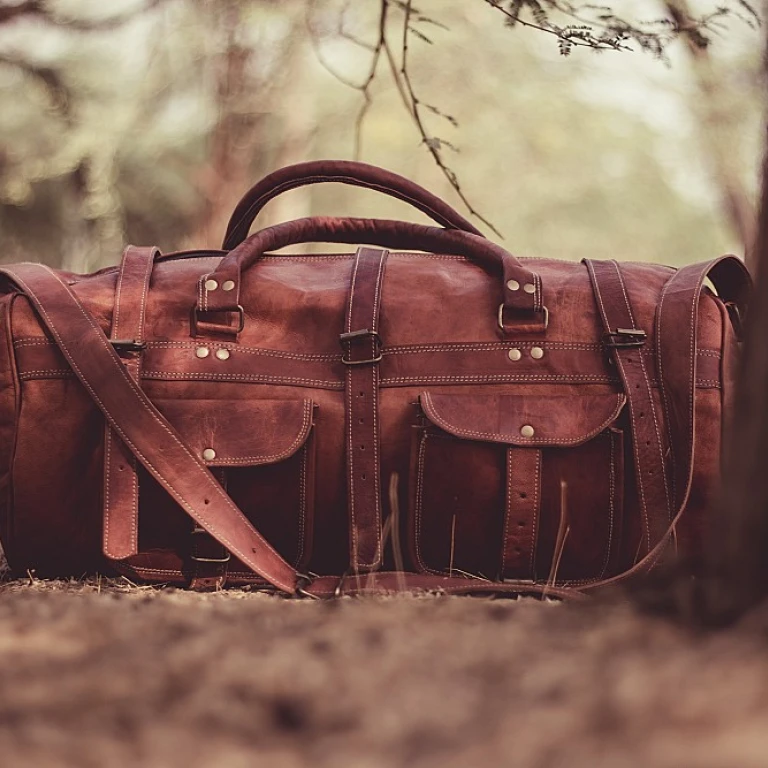
-large-teaser.webp)
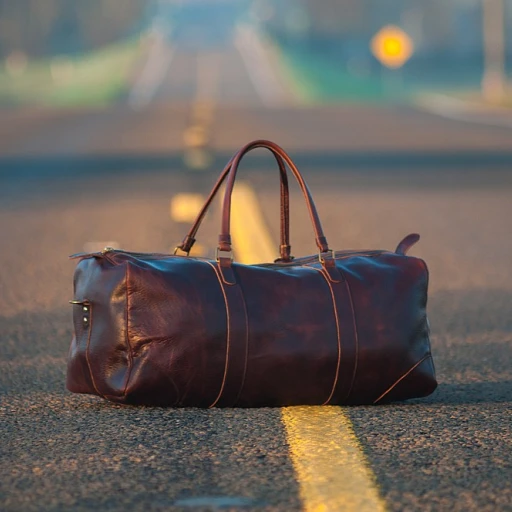
-large-teaser.webp)
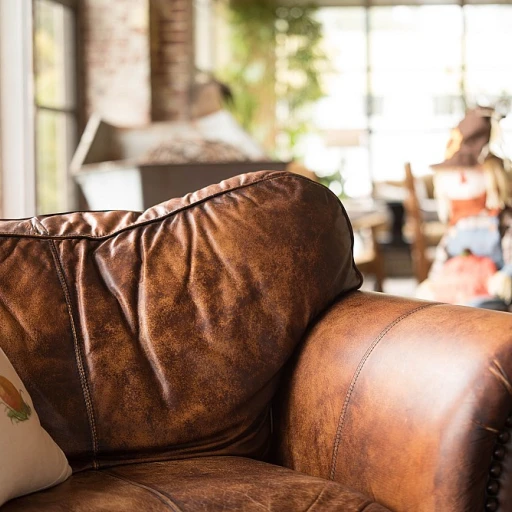
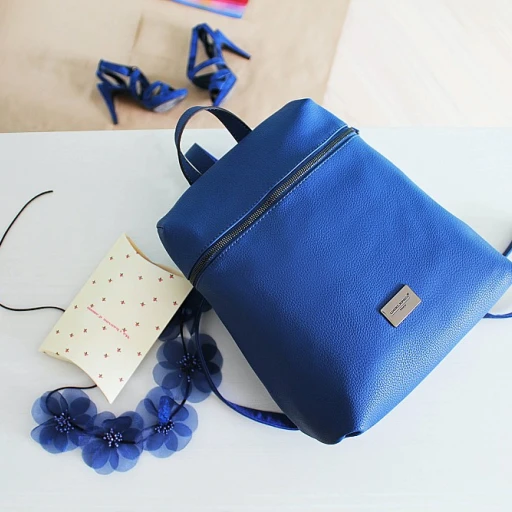
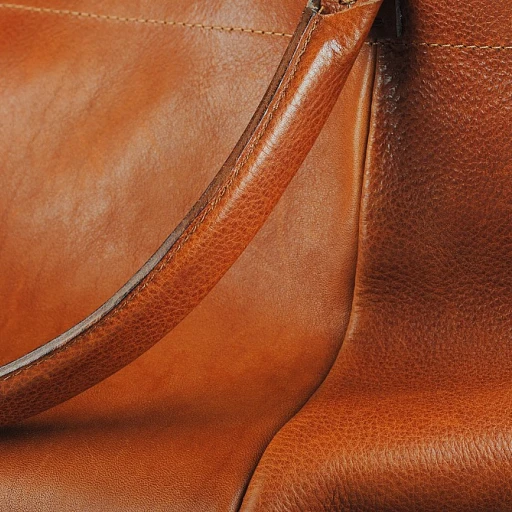
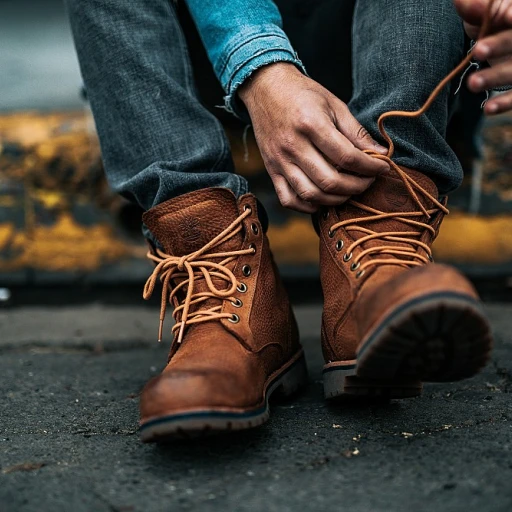
-large-teaser.webp)
-large-teaser.webp)
-large-teaser.webp)
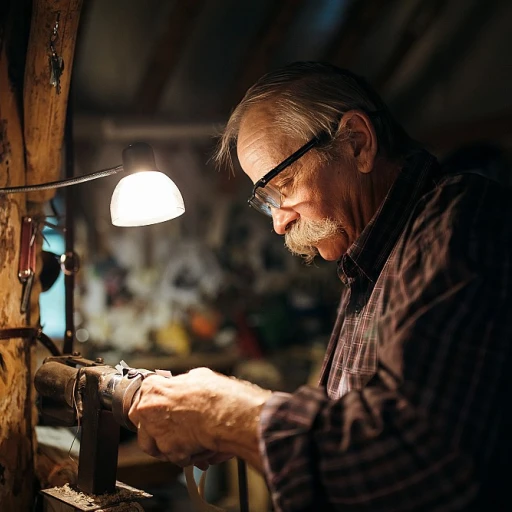
-large-teaser.webp)